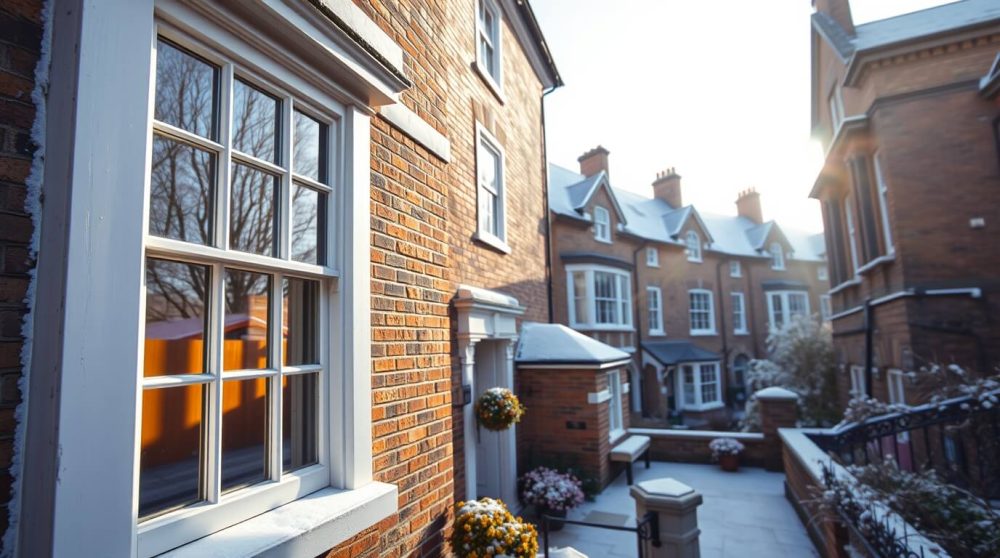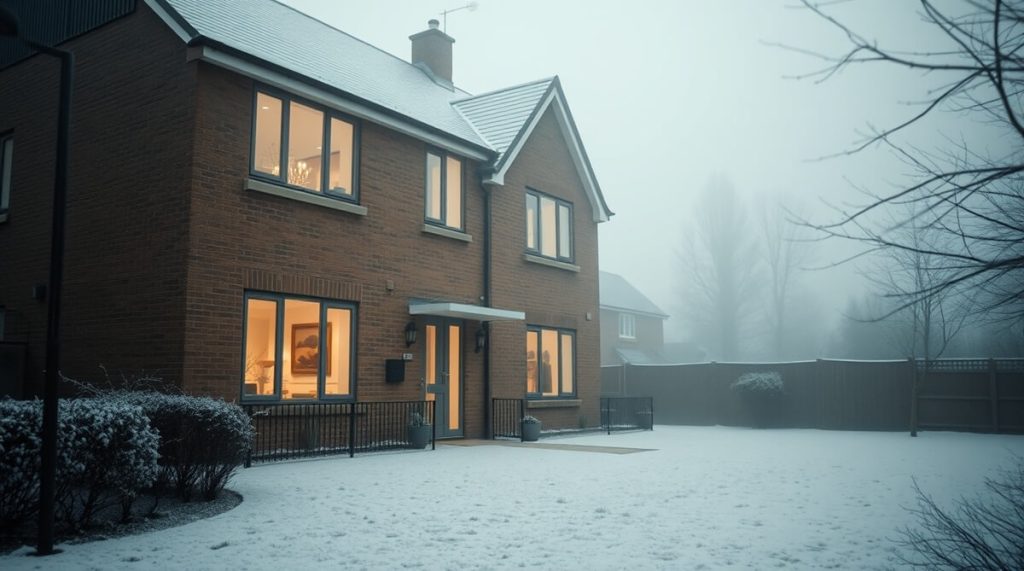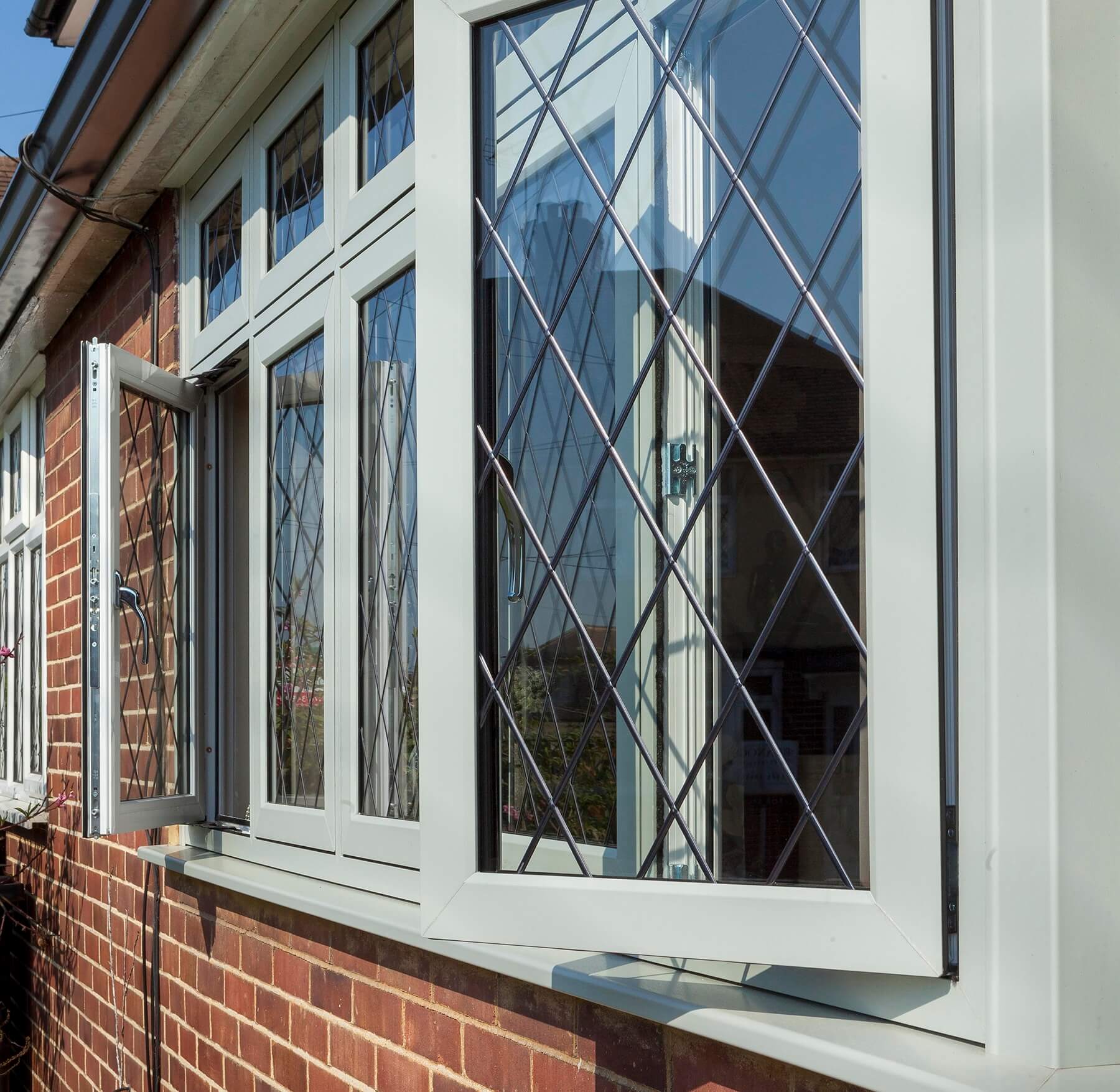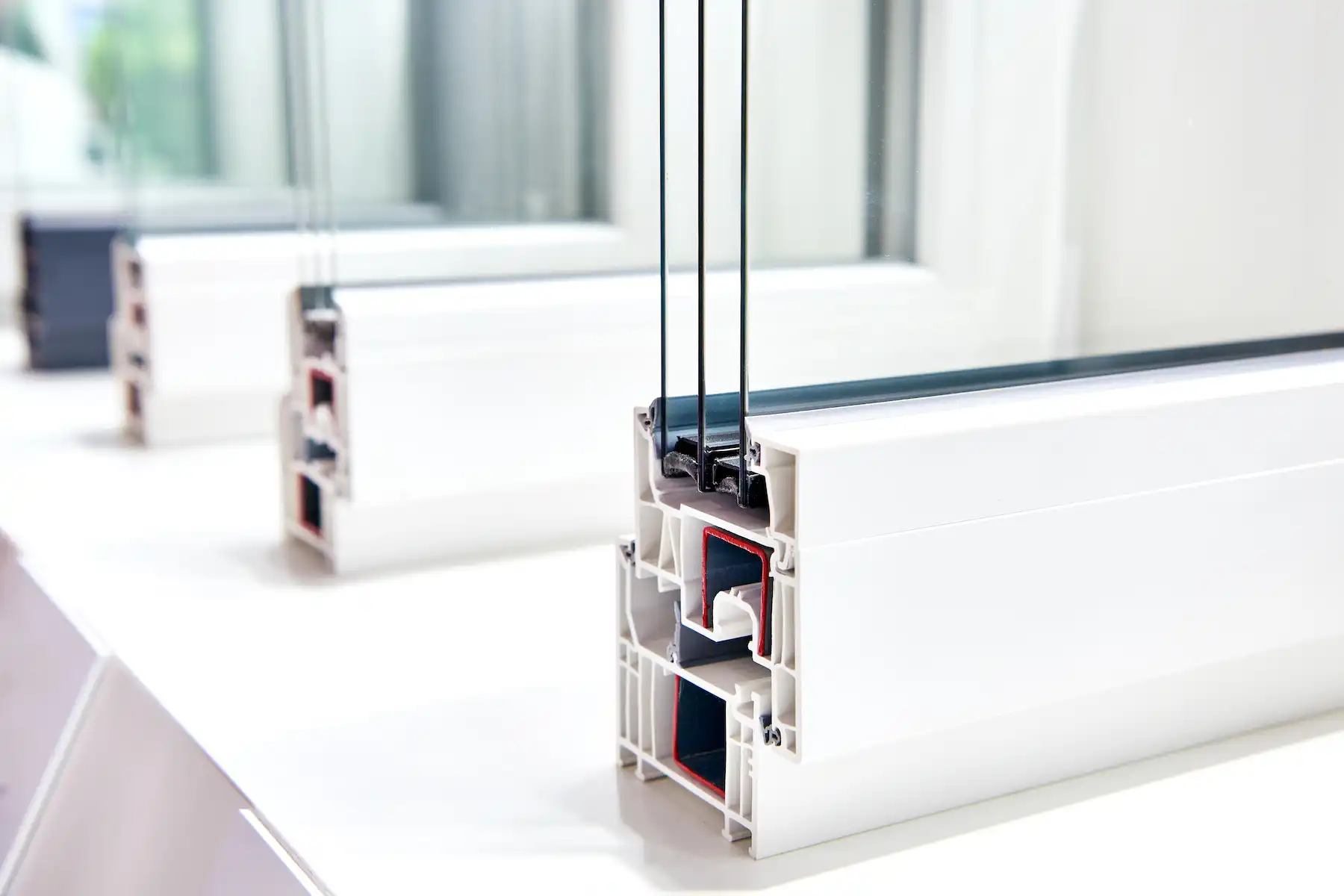How New Windows Can Reduce Condensation in Winter

If you’ve ever woken up on a chilly morning to find your windows covered in droplets of water, you’re certainly not alone. Condensation on windows is one of the most common complaints from homeowners throughout Gloucestershire during the colder months, and while it might seem like a minor inconvenience at first, it can actually signal bigger problems lurking beneath the surface.
Left unchecked, persistent window condensation can lead to damp patches, unsightly black mould, damaged window frames, and even health concerns for you and your family. The good news? Modern window technology has come a long way, and upgrading your glazing could be the solution you’ve been searching for.
Understanding Window Condensation: What Causes It?
Why Does Condensation Form on Windows?
Window condensation occurs when warm, moisture-laden air inside your home comes into contact with a cold surface, typically your window glass. When this happens, the water vapour in the air cools down rapidly and transforms back into liquid water, creating those familiar droplets that stream down your panes.
Think of it like when you pour a cold drink on a warm day and the outside of the glass becomes wet. The same principle applies to your windows during winter months when there’s a significant temperature difference between the inside and outside of your home.
The Science Behind Moisture and Dew Point
The key concept here is something called the “dew point”, the temperature at which air becomes saturated and can no longer hold moisture in vapour form. During winter, your window glass becomes one of the coldest surfaces in your home, often dropping below the dew point temperature of your indoor air.
Modern homes are generally more airtight than older properties (which is excellent for energy efficiency), but this also means moisture from everyday activities like cooking, showering, drying clothes, and even breathing has fewer escape routes. Without adequate ventilation or thermal performance in your windows, all that humidity has nowhere to go except onto your coldest surfaces.
The Problems Caused by Persistent Condensation

Damp and Mould Growth
While a bit of condensation might not seem particularly alarming, consistent moisture on windows creates the perfect breeding ground for mould spores. Black mould typically appears first on window sills, frames, and surrounding walls, particularly in corners where air circulation is poorest.
Mould isn’t just unsightly, it can cause respiratory problems, trigger allergies and asthma, and is particularly concerning for young children, elderly family members, and anyone with existing health conditions. Once established, mould can be difficult to eradicate completely without addressing the underlying condensation problem.
Damage to Window Frames and Surrounds
Continuous exposure to moisture takes its toll on your window frames, regardless of material. Wooden frames are especially vulnerable, with water ingress leading to rot, swelling, and structural deterioration. Even uPVC frames can suffer from moisture-related issues, with seals degrading and mechanisms becoming stiff or corroded.
Impact on Indoor Air Quality
Homes with persistent condensation problems often suffer from poor indoor air quality. The presence of mould spores in the air, combined with elevated humidity levels, creates an unhealthy living environment. You might notice musty odours, feel that the air is “heavy” or stuffy, and find that the atmosphere never quite feels fresh, regardless of how much you clean.
This is particularly problematic during winter when we naturally keep windows and doors closed to retain heat, inadvertently trapping moisture and pollutants inside.
How Modern Windows Combat Condensation

The Evolution of Window Technology
Window technology has advanced tremendously over the past few decades, transforming from basic single-pane designs into sophisticated thermal barriers. Today’s high-performance windows are engineered specifically to maintain warmer internal glass temperatures, dramatically reducing the likelihood of condensation forming.
At Albany Windows, we’ve witnessed first-hand how upgrading from outdated glazing to modern alternatives can completely transform homes that previously suffered from chronic condensation issues. The difference isn’t just noticeable, it’s life-changing for many homeowners.
Double Glazing: A Proven Condensation Solution
Double glazing consists of two panes of glass separated by a sealed cavity, typically filled with an inert gas such as argon. This design creates an insulating barrier that significantly reduces heat transfer between your warm interior and the cold outdoors.
The inner pane of a quality double-glazed unit remains much closer to your room temperature, staying well above the dew point under normal conditions. This means moisture in your indoor air is far less likely to condense on the glass surface.
Modern double glazing units also feature:
- Low-emissivity (Low-E) coatings – microscopically thin metallic layers that reflect heat back into your room while allowing light through
- Warm edge spacer bars – these separate the glass panes at the edges while minimising heat loss through the frame perimeter
- Argon gas fills – argon is denser than air and conducts heat more slowly, enhancing thermal performance
- Advanced sealing systems – preventing moisture from entering the cavity between panes
Triple Glazing: Maximum Thermal Performance
For homeowners seeking the absolute best protection against condensation and heat loss, triple glazing represents the pinnacle of window technology. By adding a third pane of glass and an additional insulating cavity, triple-glazed windows offer exceptional thermal efficiency.
The inner glass surface of a triple-glazed unit remains even warmer than double glazing, making condensation formation extremely unlikely except in cases of excessive indoor humidity. These windows are particularly beneficial for:
- North-facing rooms that receive little direct sunlight
- Properties in exposed locations
- Homes where occupants are particularly sensitive to cold or draughts
- Households committed to achieving the lowest possible energy consumption
While triple glazing does require a higher initial investment compared to double glazing, the enhanced condensation control, superior insulation, and potential energy savings make it an attractive option for many Gloucestershire homeowners.
Energy-Efficient Glass and Coatings
Modern window glass isn’t simply transparent material; it’s a carefully engineered product designed to manage heat flow. Energy-efficient glazing incorporates various technologies including:
- Low-E glass
- Solar control glass
- Anti-condensation glass
These specialist glass types all help to reduce internal condensation to create a healthier living environment.
As you can see, installing new windows in your home can have a hugely positive effect on reducing condensation in winter. If you’d like to find out more about high performing window replacements from Albany Windows, contact us today. You can call us on 01242 511 384 or send us a message online and we’ll get back to you as soon as possible.


 based on over
based on over 










